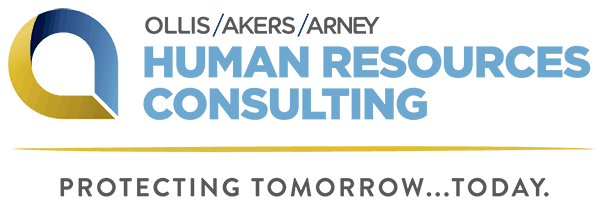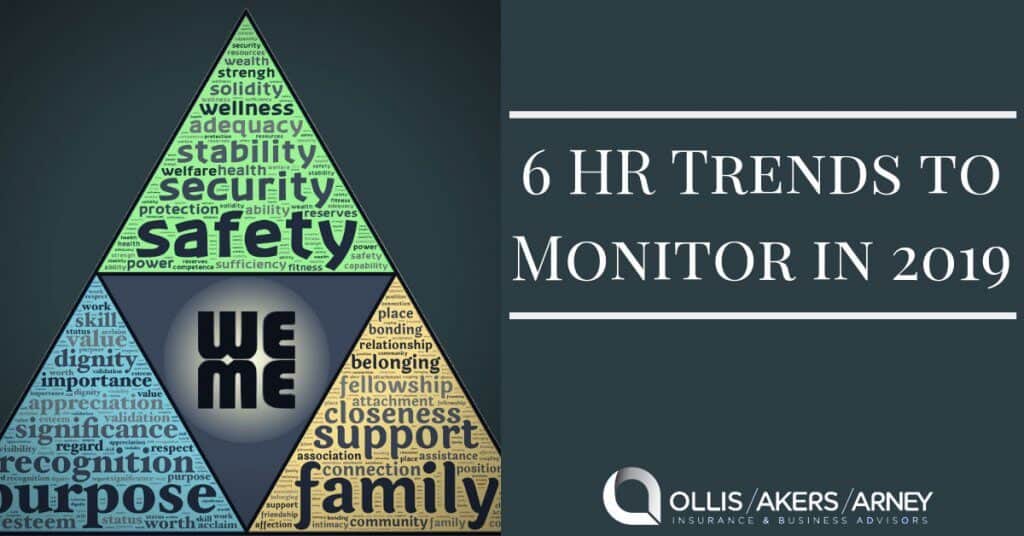A new year brings new issues for HR professionals to contend with. Some challenges are similar to previous years (overtime uncertainty), while others are more unique and complicated (legal marijuana and employment). Despite inherent difficulties, staying tuned in to these six trends can keep you ahead of the game in 2019. Ignoring them will only put you behind.
Below are the top trends to monitor in the coming months.
1. Opioids, Marijuana and the Workplace
Opioids have been concerning employers for the last few years, and quietly ravaging the country for even longer. In 2017, the opioid crisis was declared a national emergency due to tens of thousands dying each year from prescription painkillers. Many of these tragedies started with a legal prescription after a common medical procedure.
Beyond their deadly risks, opioids also cause absenteeism and performance issues in the workplace. Opioids are difficult to detect in a drug test and even harder to perceive without one. Knowing this, it’s critical to modernize your drug policy to address opioids and offer resources for alternative pain management strategies.
Legal marijuana is also complicating drug policies. Similar to opioids, marijuana is increasingly difficult to detect, with the growing popularity of oils and edibles. Moreover, the drug is legal for medical use in 30 states, making testing legally tricky.
You may find it easiest to adjust your drug policy to focus on workplace performance. For instance, clearly prohibiting impairment at work or the promotion of drug use through paraphernalia. Adopting a zero-tolerance policy may backfire with state laws, so be sure to have legal counsel review your policy before enforcing it.
2. Leave-related Issues
Did you know that 47 percent of employers were very challenged by cross-state leave laws and 43 percent found it extremely difficult administrating leaves in general, according to a recent XpertHR survey? With ever-expanding legislation, it’s not too surprising.
Multistate businesses must contend with different state laws, but even smaller employers can find themselves juggling laws between localities. Without proper guidance, handling common requests like family leave, sick time and reasonable accommodation under the Americans with Disabilities Act can be a nightmare.
The first thing employers must do is determine which leave laws apply to them, remembering that certain localities might have different rules. Other aspects, like which leaves can be used concurrently and proper leave documentation should come next. And, of course, proper employee communication is a must—not just putting policies in a handbook, but posting leave notices as well.
3. Soaring Health Care Costs
Paying over $15,000 annually for each employee’s health care in 2019 sounds like a bad dream, but it’s the real cost trend. With rates surpassing $6800 and $20,000 for single and family coverage, respectively, employers are scrambling to cut costs wherever they can. Yet, that can be easier said than done.
Some organizations are encouraging workers to utilize telemedicine or virtual care as a way to trim costs. By “visiting” a doctor online for minor health issues, patients can save a trip to the hospital. And, since it’s virtual, everyone saves money.
Another cost-saving strategy is the consumer driven health plan (CDHP) model. This strategy empowers employees to control their health care decisions and choose care that best suits them. Since employees use a savings account to help offset costs from their high deductible health plans, they are incentivized to pick more affordable options.
4. Wage and Hour Concerns
Hire more workers or pay overtime? That’s the question growing businesses must ask themselves. With overtime changes looming in the first quarter of 2019, you may think it’s easier to hire more workers at lower salaries. But, depending on your situation, that may not be true.
Many states are primed to raise their respective minimum wages in 2019. What’s more, the majority of those rates are already higher than the federal minimum. If you’re considering hiring more workers, check to make sure you know how much you’ll have to pay them in your state. The same goes for federal contractors.
As for salaried employees, it looks like we won’t know anything about the overtime rule until at least March 2019. This leaves the current overtime threshold at $23,660. Experts expect that number to increase to between $32,000 and $35,000—far lower than the $47,476 rate initially proposed in 2016. This means you should keep watching for regulatory updates in the coming months.
5. New Technologies
HR is always looking for new ways to streamline and improve its processes. In 2019, it appears that people analytics and recruiting technologies will be at the forefront of the trend, according to professional HR organization Toolbox.
People analytics is a way of tracking things like employee engagement data, training program effectiveness or ad placement success. The practice examines human data and crunches the numbers so you have a better idea of the return on investment. Need to know if your employees feel appreciated? Want to discover which methods employees are using to communicate with each other? This is where people analytics can help.
Similarly, recruiting technologies are also looking at human data to help create efficiencies, namely in targeting and optimization. Advanced technology can help recruiters hone their efforts to find talent where they are, instead of waiting to stumble upon suitable candidates.
At the backbone of all these new technologies is advanced artificial intelligence (AI). The unseen wizards that run your most complex software are getting more intelligent each year. AI can help schedule appointments with recruiting candidates, create personalized experiences for users, and help employees with tasks like open enrollment, vacation requests and training. Soon, there won’t be much that AI cannot track and offer you solutions for.
6. Upskilling Employees
If you have a new task that requires new skills, do you hire a new employee for the job? The current trend says no—you upskill current workers. Upskilling is the process of training current employees in new skills and responsibilities. According to a McKinsey study, 62 percent of executives think automation will require them to retrain or replace over a quarter of their workforce.
Obviously, replacing employees is less cost-effective than offering more skills training, but is it easy? That depends on how you go about it.
As was previously mentioned, advanced AI is making training easier and more personalized for employees. AI can provide real-time feedback, recognize the areas in which employees need help and adapt to individual learning styles. While advanced training software may be pricey, it’s certainly less than the cost of replacing a quarter of your workforce.
To discuss these or other emerging HR trends, contact Ollis/Akers/Arney Insurance & Business Advisors today.
This HR Insights is not intended to be exhaustive nor should any discussion or opinions be construed as professional advice. © 2019 Zywave, Inc. All rights reserved.






